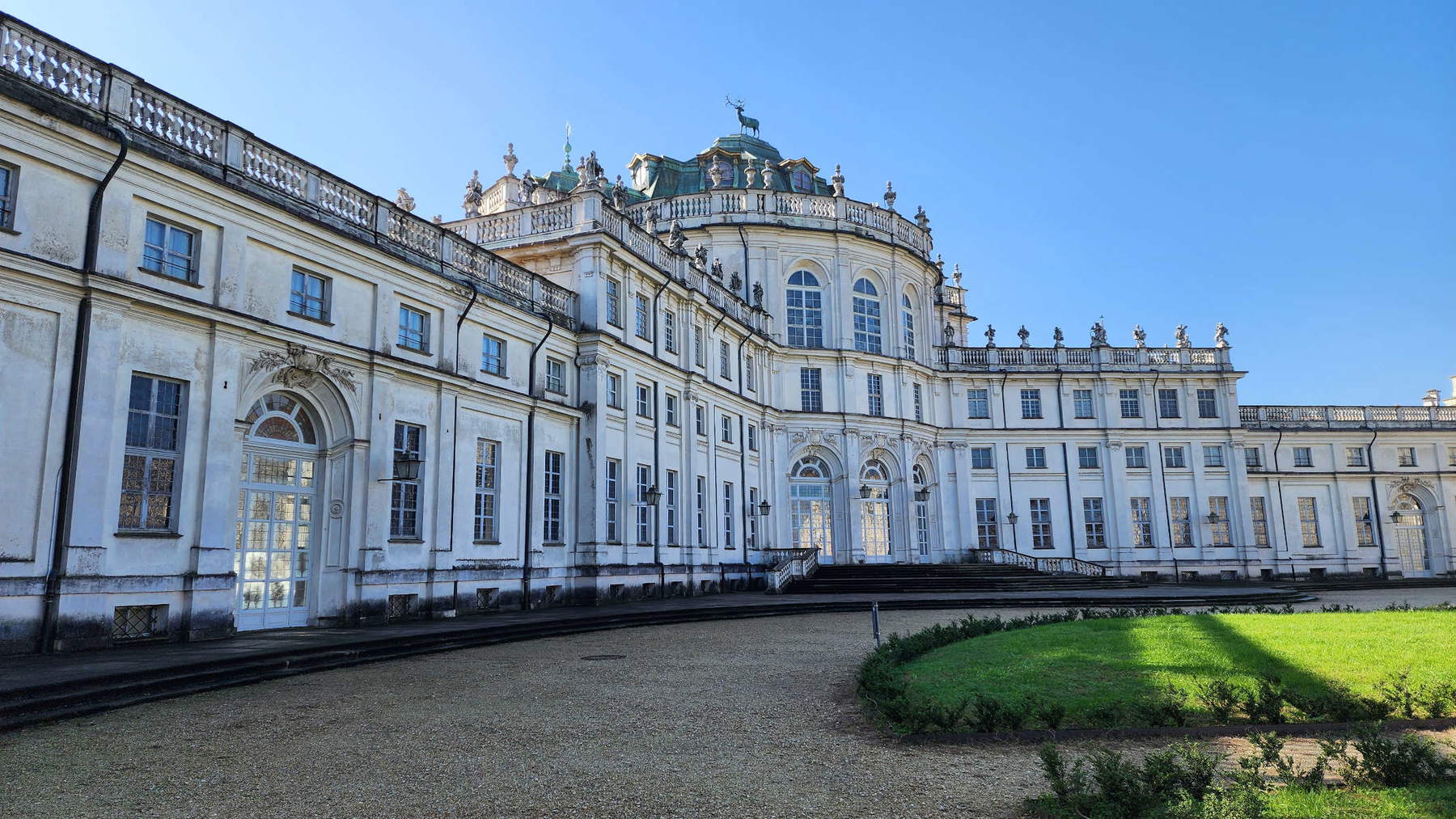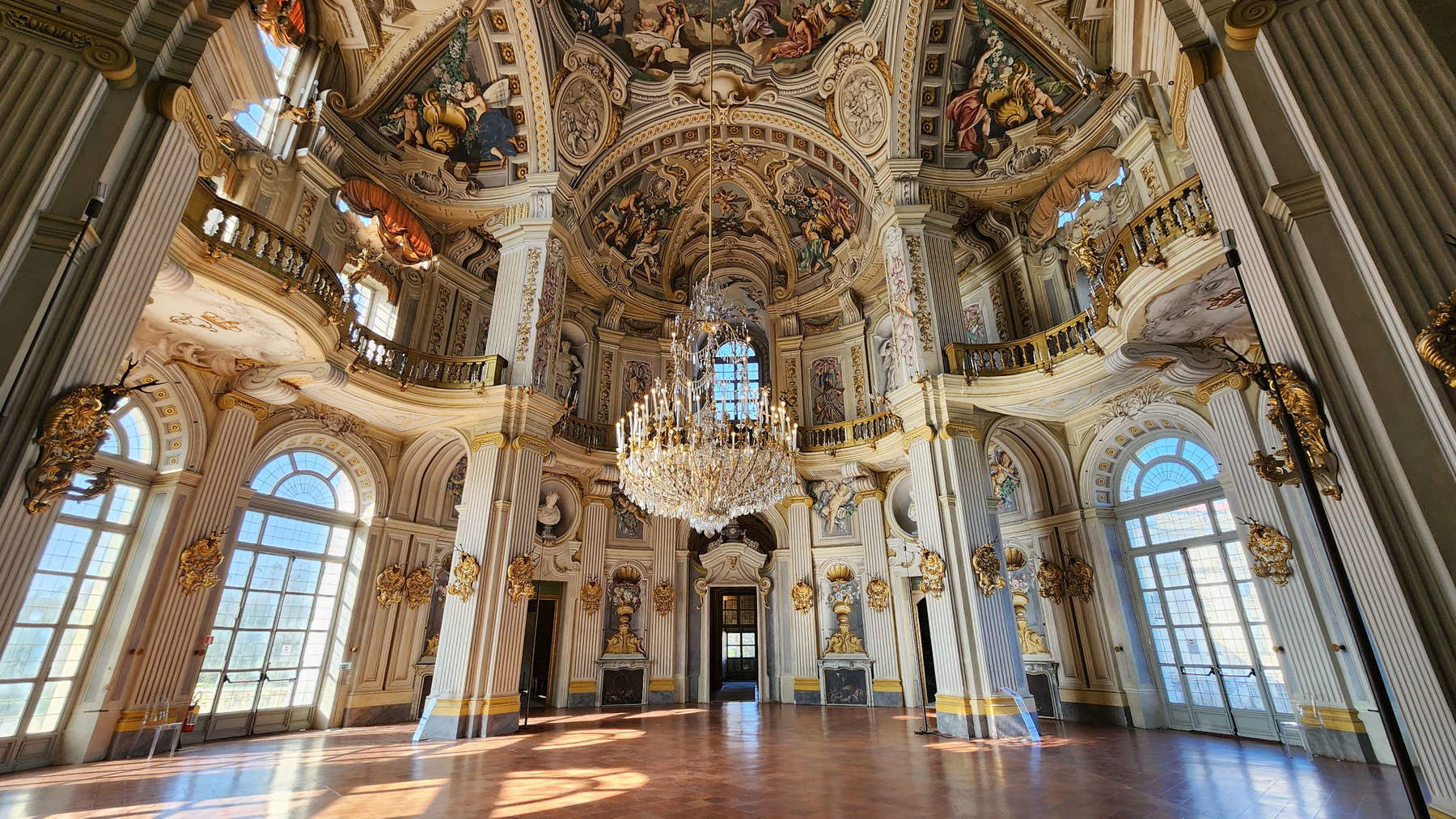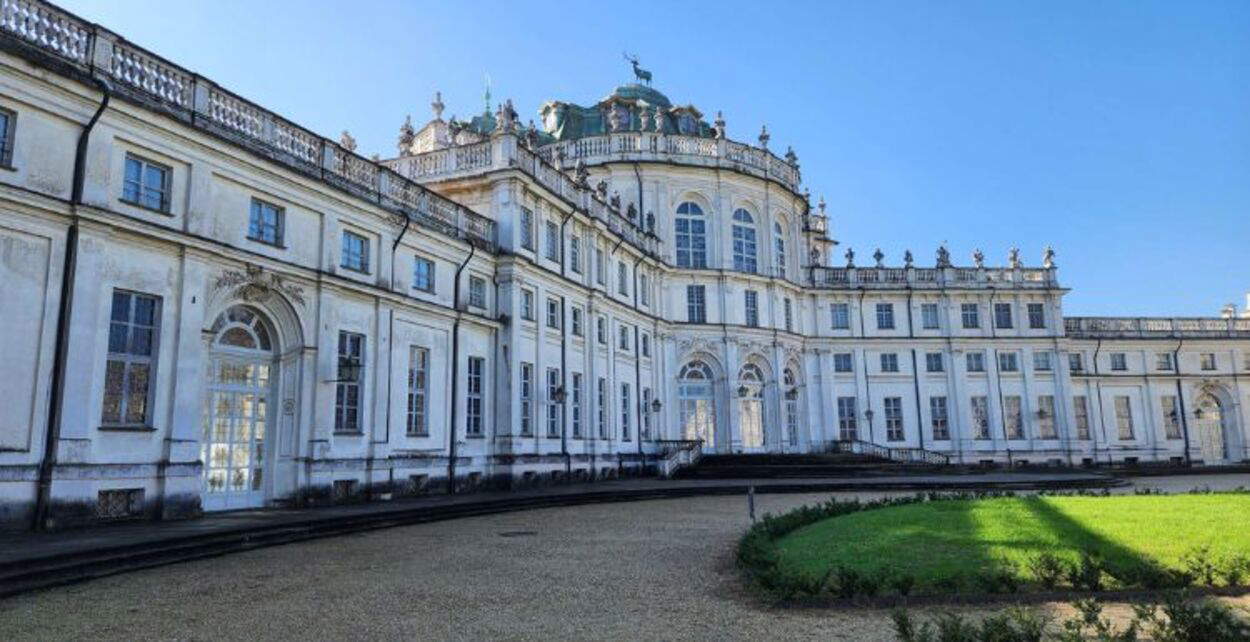From May 5 to Nov. 17, 2025, the Palazzina di Caccia di Stupinigi opens its doors to an unprecedented series of meetings and exclusive visits dedicated to the conservation of artistic heritage. Heritage Unveiled, organized by the Mauritian Order Foundation in collaboration with the La Venaria Reale Conservation and Restoration Center, offers the public an opportunity to learn about the hidden work that keeps historical collections, architecture and furnishings alive.
The lectures, six in total, will be held in the Fireplace Room of the Palazzina, except for one meeting scheduled at the Preceptory of St. Anthony of Ranverso. The appointments will be held on Mondays, taking advantage of the day they are closed to the public to allow exclusive visits to the rooms undergoing conservation work, and will not be limited to theory: experts, restorers, art historians and conservation scientists will guide the public to discover materials, techniques and curiosities related to heritage preservation.


The program opens on May 5 at 4 p.m. with a meeting dedicated to the topic of climate change and its effects on cultural heritage. The strategies adopted at the Palazzina di Caccia di Stupinigi to protect furnishings and environments from environmental effects will be illustrated, through practices of monitoring air quality, the presence of insect colonies such as ladybugs, and dust, fundamental data for putting in place effective protective actions. This will be followed by a tour inside the Palazzina focused on planned conservation and Integrated Pest Management. On May 26, also at 4 p.m., the public will be led to discover an artifact dating back to the early 20th century: the wooden Queen Margaret elevator. Restored with support from the CRT Foundation as part of the Cantieri Diffusi call, the elevator connected a small room behind the Hall of Squires with the apartments on the second floor. Deactivated after World War II, the device will be presented by experts from CCR La Venaria Reale, who will explain its history and operation. The visit will be enhanced by a historical re-enactment by the group Le vie del Tempo, which will recreate the court atmosphere experienced during Queen Margaret’s stay at Stupinigi.
On June 9, the focus will shift to Turin’s Basilica Magistrale Mauriziana, which will reopen to the public after years of closure. Located on Via Milano, in the heart of Turin’s historic fabric, the Basilica is a landmark of the Savoy city. The latest restorations have allowed the recovery of the painting Trionfo della Croce (Triumph of the Cross ) by Paolo Emilio Morgari, considered one of the masterpieces of 19th-century Piedmont. The account of the interventions will allow the rediscovery of the artistic and historical value of the building, a fundamental testimony to Turin’s religious history.
On Oct. 3, it will be the turn of the Preceptory of St. Anthony of Ranverso. Located in the Susa Valley, the complex, an international Gothic masterpiece, will be the focus of a meeting illustrating recent redevelopment projects supported by new funding. Restorers, officials and designers will present the research work that has affected both the architectural structure and the precious wall paintings by Giacomo Jaquerio. Special attention will be given to the material composition of the works, offering a novel perspective on the artistic technique of the time.
On Oct. 20, we will return to the Fireplace Room of the Palazzina di Caccia for a meeting devoted to restoration work in the apartment of King Charles Felix, located in the building’s west wing. The apartment, characterized by bright colors and refined decorations of the second half of the 18th century, preserves an extraordinary continuity between interior and exterior, thanks also to the use of large glass surfaces. The frescoes of the First Antechamber, painted by Giovanni Battista Alberoni and Giovanni Franco Cassini in 1754, the canvases and stuccoes by Francesco Antoniani, together with the paintings, dated between 1740 and 1750, Boscherecce by the Turin painter Angela Palanca, constitute a highly valuable artistic nucleus. The public will be able to learn in detail about the restoration work that involved every element of the apartment, from the furniture to the textiles, from the woodwork to the wall paintings. The series of meetings will conclude on Nov. 17 with a focus on the restoration and conservation of the historic furnishings in King Charles Felix’s apartment. The Palazzina di Caccia di Stupinigi, which has become a furniture museum since 1926, houses works by the most important cabinetmakers of the 18th century. The recent rearrangement has involved dozens of furnishings, some of which are considered absolute masterpieces that have undergone extensive studies, diagnostic work and conservation restoration. The tour will allow visitors to discover materials, construction techniques and secrets hidden in the carvings and wooden structures. Restorers will accompany visitors by illustrating the procedures followed to bring back the original beauty of the artifacts.
All meetings are free admission, with reservations required. The residence is open Tuesday through Friday from 10 a.m. to 5:30 p.m. (last admission at 5 p.m.) and on Saturdays, Sundays and holidays from 10 a.m. to 6:30 p.m. (last admission at 6 p.m.). More information and reservations are available at the official website www.ordinemauriziano.it.
 |
| Discovering the restorations: lectures and exclusive visits to the Palazzina di Stupinigi |
Warning: the translation into English of the original Italian article was created using automatic tools. We undertake to review all articles, but we do not guarantee the total absence of inaccuracies in the translation due to the program. You can find the original by clicking on the ITA button. If you find any mistake,please contact us.